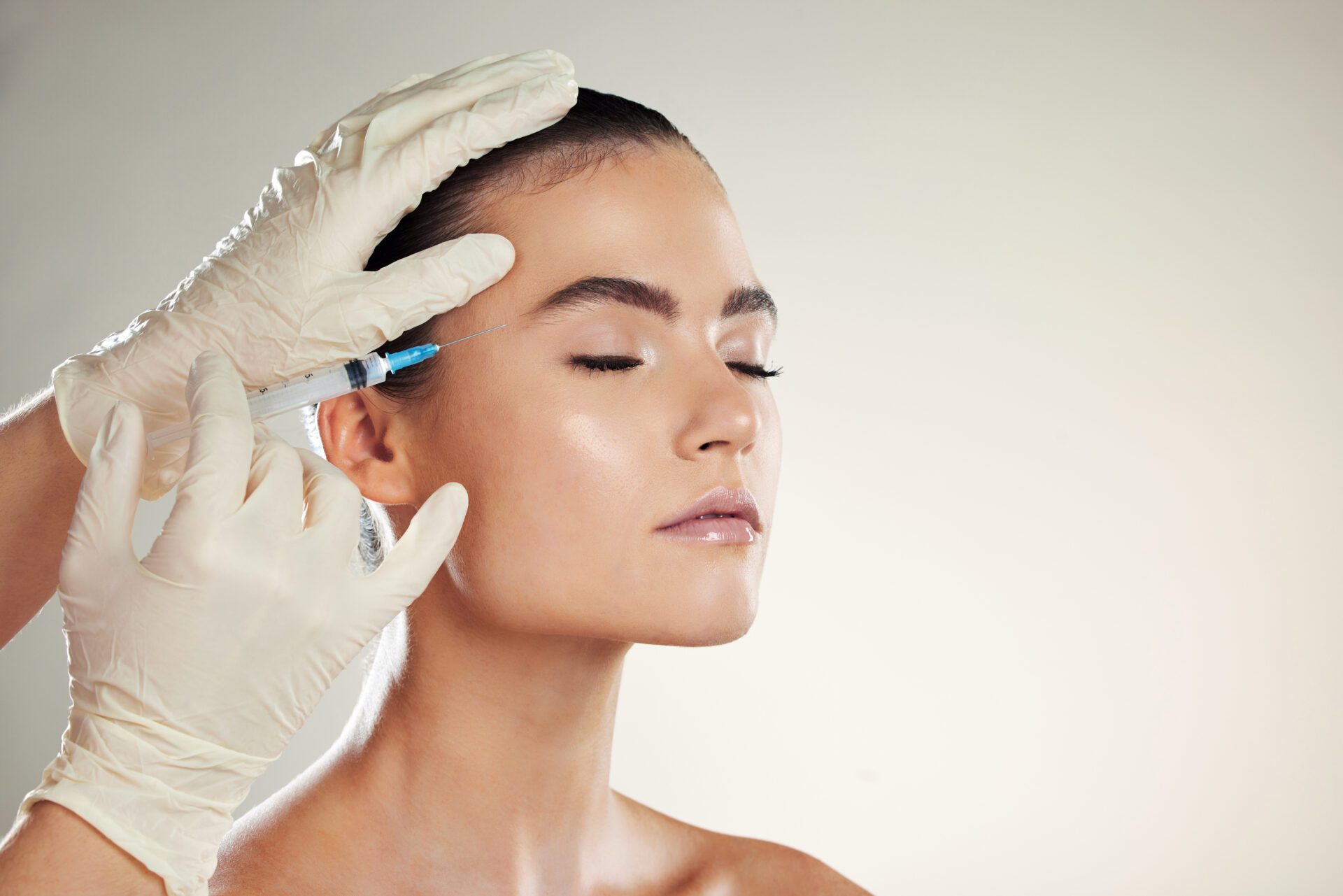- How does Wrinkle Relaxers work in cosmetic procedures?
Wrinkle Relaxers, or botulinum toxin, works by temporarily blocking nerve signals in the muscles where it is injected. This inhibits muscle contraction, reducing the appearance of wrinkles and fine lines caused by repetitive facial movements. Common areas treated include forehead lines, crow’s feet, and frown lines - What is the duration of Wrinkle Relaxer results?
The results of wrinkle relaxers injections are typically visible within a few days to a week after the procedure. The effects last for about three to six months, after which muscle activity gradually returns. To maintain the desired results, individuals often schedule regular follow-up appointments for additional treatments. - At what age is it appropriate to start wrinkle relaxer treatments?
The ideal age for starting wrinkle relaxer treatments varies from person to person and depends on individual factors such as genetics, skin condition, and lifestyle. Some individuals begin in their late 20s or early 30s as a preventative measure, while others may start later to address existing wrinkles. - Are there any side effects of wrinkle relaxers?
While wrinkle relaxers are generally considered safe, there can be temporary side effects. These may include bruising or swelling at the injection site, headaches, or flu-like symptoms. Serious complications are rare when administered by a qualified healthcare professional. - When will I see results after a wrinkle relaxer treatment?
Patients usually begin to see the effects of wrinkle relaxers within a few days to a week after the treatment. However, the full results may take up to two weeks to become apparent. It’s essential to follow post-treatment care instructions provided by the healthcare provider to ensure optimal and safe results.

